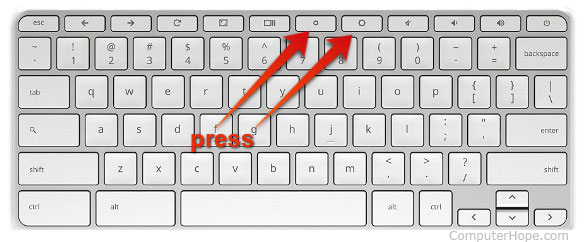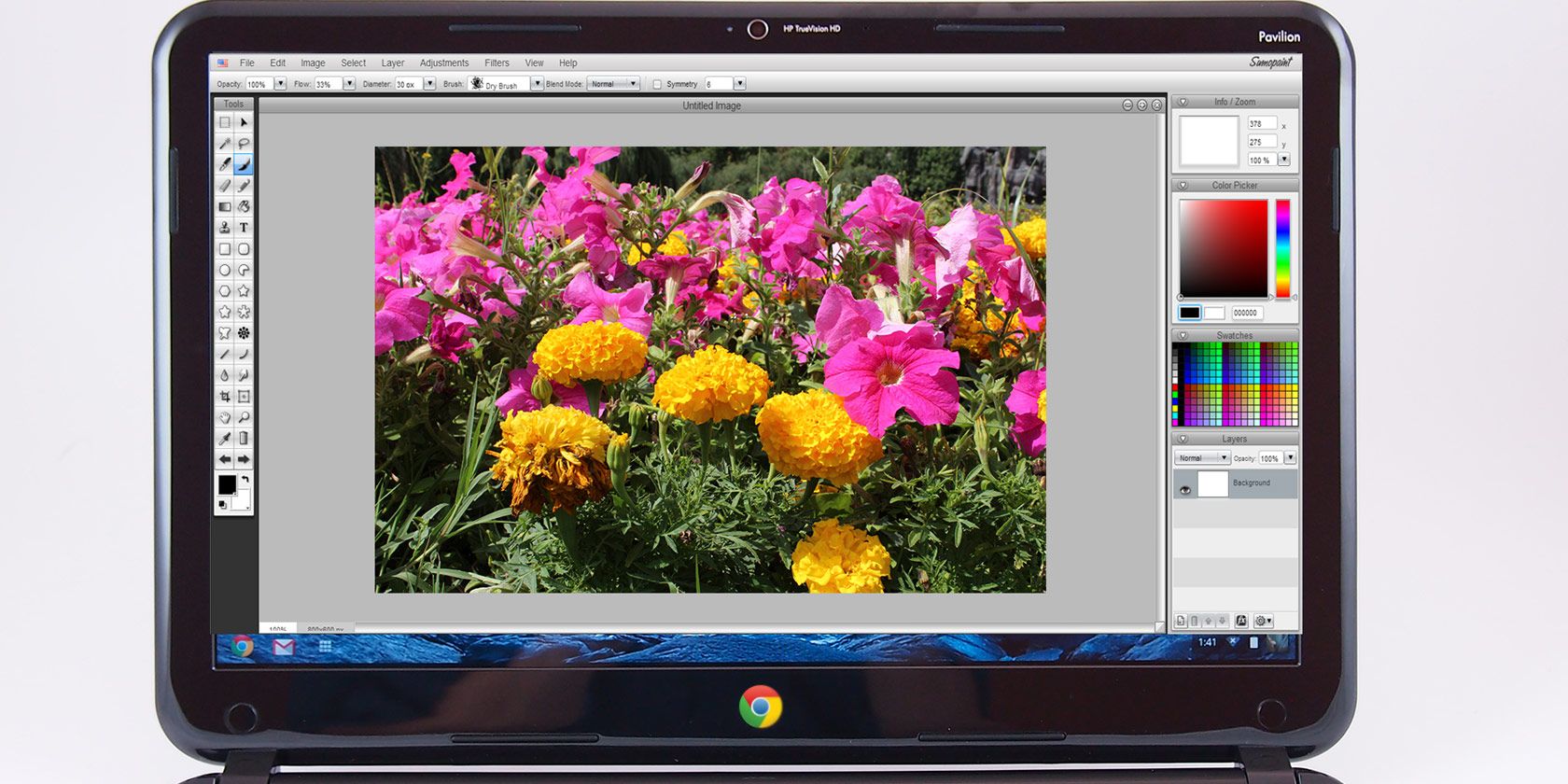
- #BRIGHTNESS CONTROL ON CHROMEBOOK FULL#
- #BRIGHTNESS CONTROL ON CHROMEBOOK ANDROID#
- #BRIGHTNESS CONTROL ON CHROMEBOOK SERIES#
#BRIGHTNESS CONTROL ON CHROMEBOOK ANDROID#
You can set this up with any combination of websites, Chrome apps, Android apps, and even Linux apps (more on those in a moment). When you see that half of the screen light up, let go - then either select another active app from the Overview interface or open a new app from your launcher to fill the other half. Also in tablet mode, you can open two apps side by side in a split-screen arrangement by going into the Overview screen and then dragging any app's thumbnail to the left or right side of the screen. Swiping up again and holding your finger down will open that Overview interface, just like it does with the current Android gesture system, while swiping up and letting go will take you back to your desktop home screen.ġ3. When your convertible Chromebook is in its tablet mode (with the keyboard either detached or swiveled around the back), swiping up once from the bottom of the screen will reveal your shelf of pinned favorites. You can then swipe downward with three fingers to return to your most recently used process.ġ2. Prefer to get around with your trackpad? Make a mental note of this handy hidden trick: You can swipe upward with three fingers on your trackpad from anywhere in the system to open the Overview interface and see all of your open apps and windows. You can close any app, meanwhile, by clicking the "x" in its upper right corner or by swiping up or down on it directly on the screen (provided you have a Chromebook with a touch-enabled display, that is otherwise, all you'll accomplish is creating a smudge and making yourself look silly).ġ1. You can get to it by pressing the button that looks like a box with two lines on your keyboard (in the function row, directly to the left of the brightness controls) - and once there, you can move to any other app by clicking its thumbnail or using the Tab key to focus on it and then hitting Enter. You might not realize it, but your Chromebook has a handy Overview interface for juggling open apps and windows. Chrome OS boasts a distinctly Android-like combined Quick Settings and notification panel in its lower-right corner, and take note: You can open it without moving your hands off your keyboard by pressing Shift-Alt-N from anywhere in the system.

Time-saving shortcuts are often just a click or press away, especially with Android apps on your Chromebook.ĩ. You'll find the most options with Android apps, many of which offer one-touch links to functions like composing new messages, starting new documents, or jumping to specific folders or accounts.
#BRIGHTNESS CONTROL ON CHROMEBOOK SERIES#
Right-click or long-press on any app in your shelf or within the main launcher to reveal a series of program-specific shortcuts. Quickly open any item on your shelf by pressing Alt and then the number key that corresponds with its position: Alt-1 for the first app in the list, Alt-2 for the second, and so on.Ĩ. The shelf will still always show up when you're viewing your desktop, too.ħ. That'll cause the shelf to disappear anytime you have an app or window open and then reappear when you mouse over its area or swipe upward from the bottom of the screen. You can hide the shelf - the row of pinned favorites at the bottom of your screen - either by right-clicking it or long-pressing on it and then selecting the "Autohide shelf" option that appears. Want to get to the fully expanded app drawer area of the launcher without touching your screen? Hit Shift and the Everything key together.

#BRIGHTNESS CONTROL ON CHROMEBOOK FULL#
Chrome OS has a hidden gesture for accessing the fully expanded app drawer area of the launcher, which is especially advantageous when you're using a Chromebook as a tablet: Simply swipe up from an open area at the bottom of the screen, and - just like with Android on Google's Pixel phones - your full list of installed applications will appear.ĥ. (See my list of 22 worthwhile ways to use Google Assistant on a Chromebook for even more useful commands to consider.)Ĥ.

You could ask Assistant to create a new document, spreadsheet, or presentation, for instance, or ask it what's on your agenda for a specific upcoming day. And that opens up the door to some interesting Chrome-OS-specific possibilities. On most current Chromebooks, that same launcher panel is also a portal for interacting with the Google Assistant. (Click on any image in this story to enlarge it.)ģ. The launcher's search box can pull up apps and websites and perform all sorts of other functions. Try typing in calculations like 172.4/3, for instance, or unit conversions like 14.9 feet to meters to put Google to work at the system level.

The launcher has some easily overlooked extra powers, too.


 0 kommentar(er)
0 kommentar(er)
